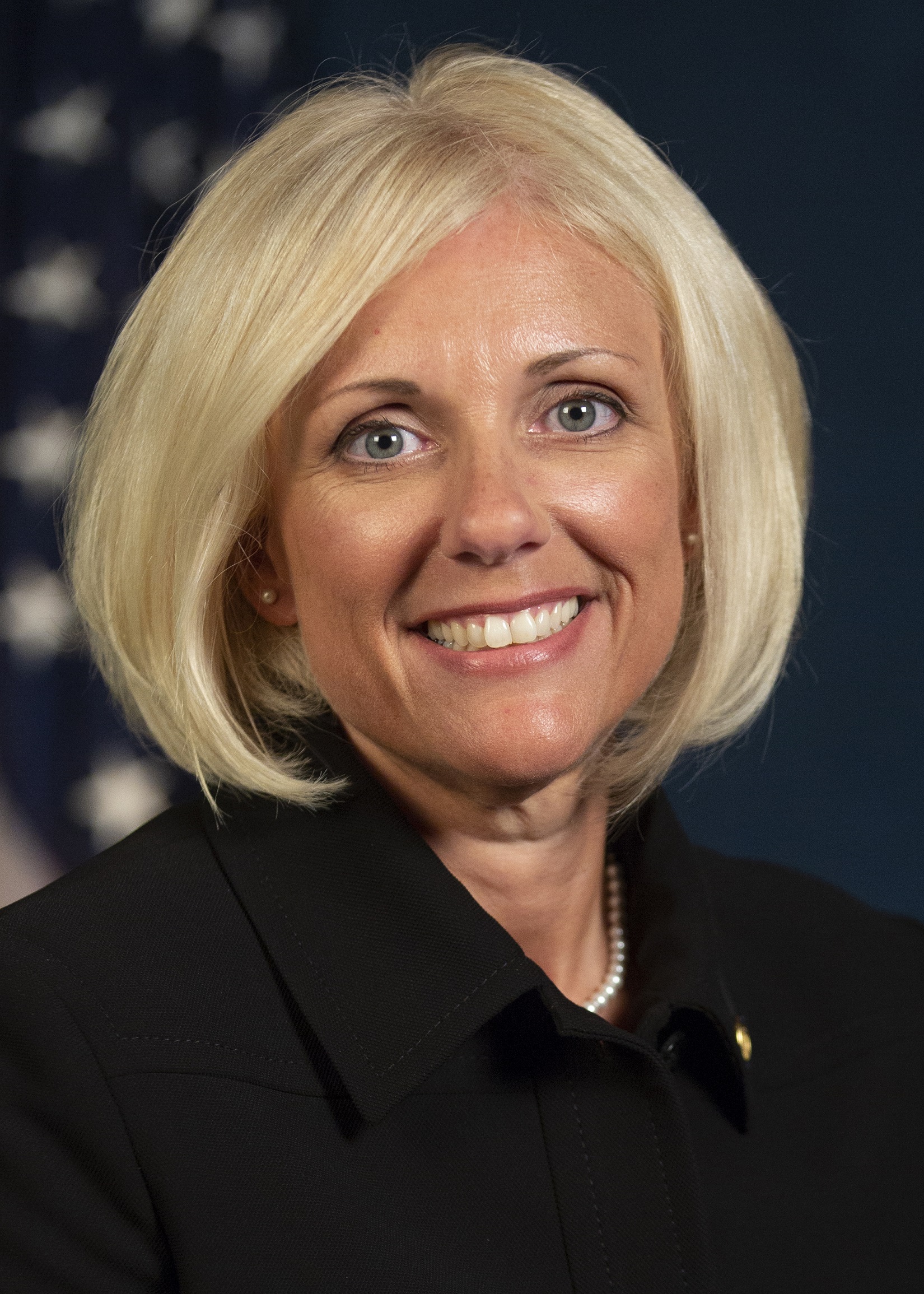By Sarah Naffa

The Alaska Airlines Boeing 737 Max 9 jetliner that suffered an inflight blowout Friday over Oregon was not being used for flights to Hawaii after a warning light that could have indicated a pressurization problem lit up on three different flights, a federal official said Sunday. The lost door plug was found Sunday near Portland by a school teacher who discovered it in his backyard.
Alaska Airlines decided to restrict the aircraft from long flights over water so the plane “could return very quickly to an airport” if the warning light reappeared, said Jennifer Homendy, chair of the National Transportation Safety Board.
Homendy cautioned that the pressurization light might be unrelated to Friday’s incident in which a plug covering an unused exit door blew off the Boeing 737 Max 9 as it cruised about three miles (4.8 kilometers) over Oregon.
The warning light came on during three previous flights: on Dec. 7, Jan. 3 and Jan. 4 — the day before the door plug broke off. Homendy said she didn’t have all the details regarding the Dec. 7 incident but specified the light came on during a flight on Jan. 3 and on Jan. 4 after the plane had landed.
The NTSB said the lost door plug was found Sunday near Portland, Oregon, by a school teacher — for now, known only as Bob — who discovered it in his backyard and sent two photos to the safety board. Investigators will examine the plug, which is 26 by 48 inches (66 by 121 centimeters) and weighs 63 pounds (28.5 kilograms), for signs of how it broke free.
Investigators will not have the benefit of hearing what was going on in the cockpit during the flight. The cockpit voice recorder — one of two so-called black boxes — recorded over the flight’s sounds after two hours, Homendy said.
At a news conference Sunday night, Homendy provided new details about the chaotic scene that unfolded on the plane. The explosive rush of air damaged several rows of seats and pulled insulation from the walls. The cockpit door flew open and banged into a lavatory door.
The force ripped the headset off the co-pilot and the captain lost part of her headset. A quick reference checklist kept within easy reach of the pilots flew out of the open cockpit, Homendy said.
The plane made it back to Portland, however, and none of the 171 passengers and six crew members was seriously injured.
Hours after the incident, the FAA ordered the grounding of 171 of the 218 Max 9s in operation, including all those used by Alaska Airlines and United Airlines, until they can be inspected. The airlines were still waiting Sunday for details about how to do the inspections.
Alaska Airlines, which has 65 Max 9s, and United, with 79, are the only U.S. airlines to fly that particular model of Boeing’s workhorse 737. United said it was waiting for Boeing to issue a “multi-operator message,” which is a service bulletin used when multiple airlines need to perform similar work on a particular type of plane.
Boeing was working on the bulletin but had not yet submitted it to the FAA for review and approval, according to a person familiar with the situation. Producing a detailed, technical bulletin frequently takes a couple days, said the person, who spoke on condition of anonymity to describe a matter that the company and regulators have not publicly discussed.